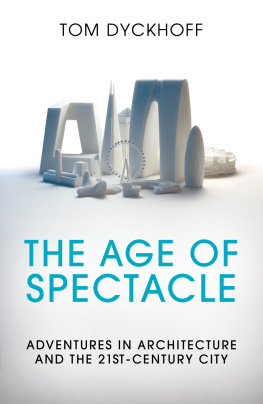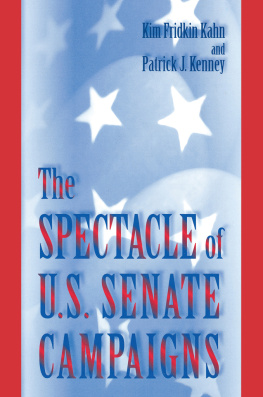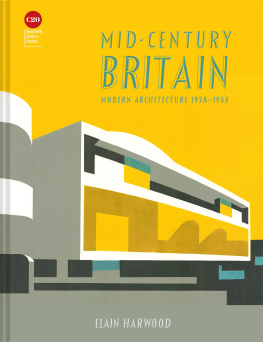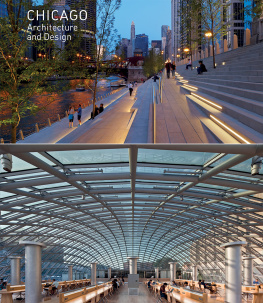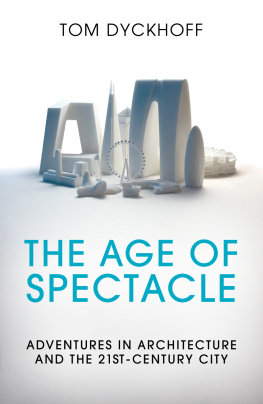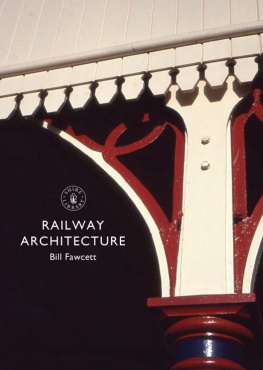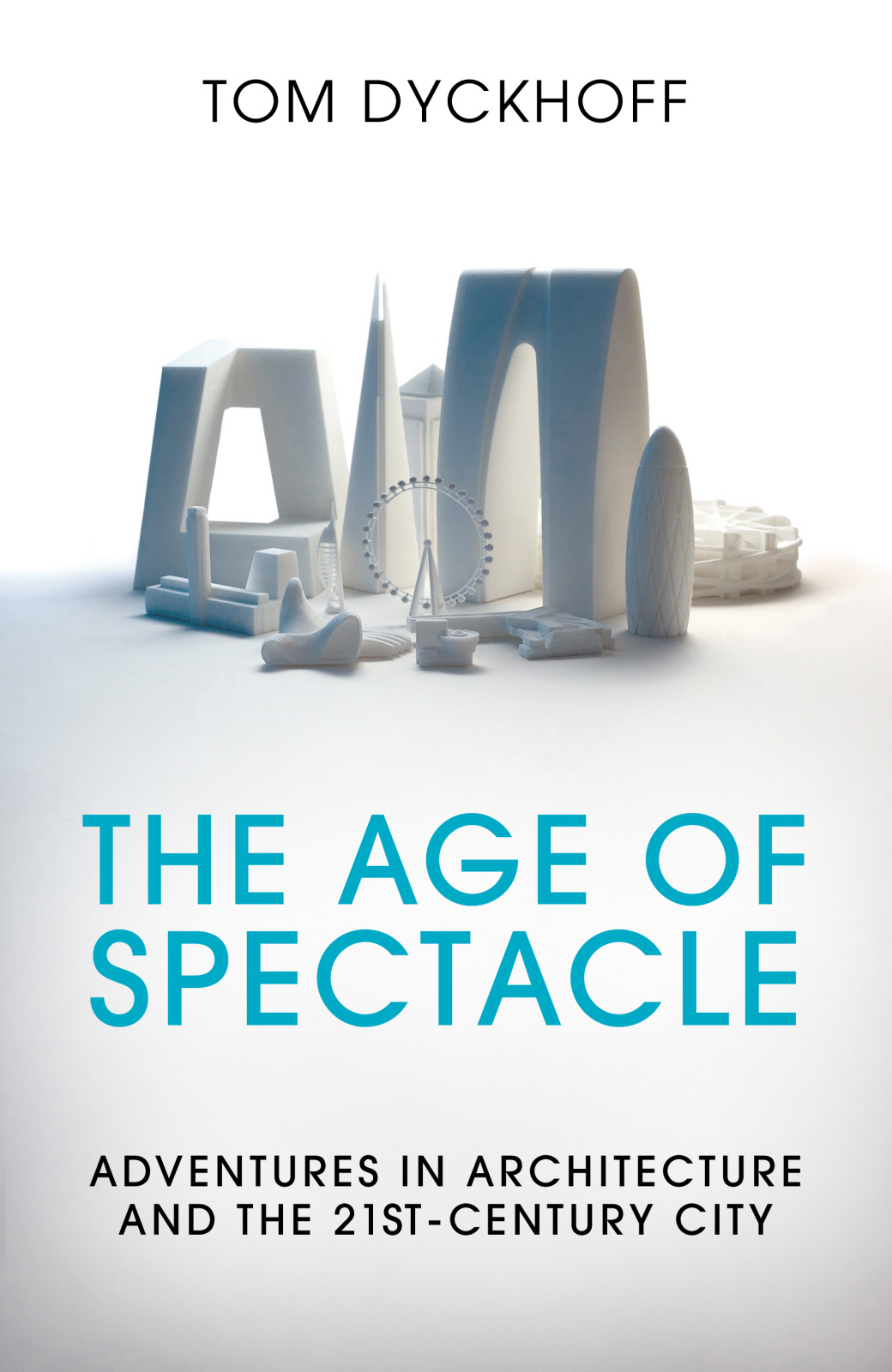CONTENTS
PROLOGUE
THE BUILDING THAT LOOKS LIKE A PAIR OF UNDERPANTS
What did it? What was it that tipped me over the edge? It was 4 September 2012, and a headline popped into my Twitter feed. British-Designed Skyscraper Resembles Big Pants, Say Angry Chinese. Thats right pants. Big pants. I clicked on the headline, and there it was on the screen in front of me: a building that looked like a pair of underpants. A 74-storey pair of underpants, to be precise. More long johns, Id say, than Y-fronts or boxer shorts, but pants nonetheless.
In my time, Id seen buildings that looked like all sorts of things. A gigantic pineapple? The Dunmore Pineapple in Scotland was crafted out of stone in the eighteenth century for a greenhouse growing what else? pineapples. A pair of binoculars? Claes Oldenburg, Coosje van Bruggen and Frank Gehrys Binoculars Building in Venice Beach, Los Angeles, is a little unconventional, Ill grant you, even for a city built around ego and showbiz. But as an office for a firm in advertising, an industry in the business of attention-seeking, a pair of gigantic binoculars seemed almost appropriate. Underpants, though. This was something else.
The Gate to the East, as the giant pants are more formally known, had been built in Suzhou, one of those ever-proliferating Chinese megacities. Given its name, the buildings design was presumably intended to resemble a gateway or triumphal arch. Indeed, Chinese journalists initially welcomed the building warmly, dubbing it the Arc de Triomphe of the East, as if obediently reciting the phrase from its accompanying press release. Soon after, though, opinions cooled. Is it an arch or just plain pants? asked Shanghai Daily. Pants, appeared to be the consensus of Chinas blogging community. Some were more risqu with their critiques, reported the Daily Telegraph, pointing out that Londons phallic Little Cucumber Norman Fosters 30 St Mary Axe or Gherkin project would fit snuggly inside Suzhous Gate to the East. Together, together! cooed one of the raunchier posts.
The buildings architects were the British firm, RMJM, founded in the 1950s, and, back then, the epitome of serious, even dour, modernism, the kind of architects whose bread and butter was designing the schools, universities and hospitals that underpinned Britains postwar welfare state.
Sixty years later, though, RMJM appeared to have had a change of direction. It was designing serious, dour modernism no more. It was designing clickbait. The Age of Spectacle had definitely arrived.
INTRODUCTION
The (hi)stories we tell of cities are also (hi)stories of ourselves.
Jane Rendell
The progressive Westerner is determined always to better his lot. From candle to oil lamp, oil lamp to gaslight, gaslight to electric light his quest for a brighter light never ceases, he spares no pains to eradicate even the minutest shadow.
Junichiro Tanazaki
The folly of youth
For my eighteenth birthday, my godfather took me to the Lloyds Building in London. Not just to the Lloyds Building, but inside it. Inside it! Being without my parents in London was excitement enough for a teenager from a small, provincial city in the Midlands. But to actually get past the commissionaires in their uniforms, into the building! I was, I realise with hindsight, a slightly odd teenager. Definitely a geek, but an odd geek at that. Geeks are at least meant to obsess, collectively, over computers or comic books, but, alone among my friends, I obsessed over buildings, bollards and town planning. And while eighteen-year-olds in more fashionable parts were discovering MDMA and acid house, I was high on Zaha Hadid. I got my thrills from the Architectural Review. I was the only teenage architecture geek in Worcester.
And I was born at the right time. Because architecture was about to take a turn for the spectacular. My pin-ups were Daniel Libeskind and Frank Gehry, not superheroes or pop stars, and to eighteen-year-old me, the Lloyds Building was the Spider-Man, the Stone Roses, the Jesus and Mary Chain of buildings, all rolled into one. And here I was, inside it.
In 1989, three years after it opened, Lloyds was still the most famous building in Britain. Id only ever seen it in photographs, in the newspapers whose architecture pages I cut out each week and filed neatly away, and in the architectural magazines I stuffed under my bed to read at night. Its curled spirals of shining metal seemed so perfect in photographs, so alluring on magazine covers, so odd. At the time, its only rival for fame was Stuttgarts Neue Staatsgalerie, star of a popular 1980s British television advert for Rover, in which a cars German occupants, after driving slinkily along its slopes, are shocked by the revelation at the end that this elegant building was designed by a Britisch Architekt, James Stirling. The shock being, presumably, that after the savage deindustrialisation of the 1970s and 1980s, Britain was still actually capable of crafting, engineering and making something sizeable, stylish and modern without going on strike.
Lloyds, though, was more than a star; it was a symbol. In the architectural magazines I so loved, it represented the final, belated triumph of modernism. British architecture in the 1980s was entirely dominated by tit-for-tat style wars between Prince Charles and the modernists. There was no middle ground. It was trench warfare. You were either with us, or against us. For most of the decade, the traditionalists had gained ground. So powerful was the influence of Prince Charles in the planning committees of Little Britain, scant significant contemporary architecture had been built for years. I grew up during a nadir in British architecture.
Until Lloyds. All around it were the sites of battles lost by the modernists Paternoster Square to the west, further east the Lord Mayor of Londons Mansion House, where the prince had delivered a famous speech; and across the street the site where property magnate Peter Palumbo had hoped to resurrect a long-dead design by archmodernist Mies van der Rohe opposite the Bank of England, until Charles had his way. I was a modernist. Of course I was. I was a teenager. It was my own, geeky version of teenage rebellion. And, best of all, Lloyds was designed by my leader, King of the Modernists, Richard Rogers, Prince Charless nemesis to this day.
For some, though, like my sixty-something godfather, Lloyds was a symbol of unwelcome change. Vic had been an insurance underwriter in the City, Londons financial district, since the days of bowler hats, black brollies and a Financial Times under the arm. There were thousands more like him. However, since the Big Bang in 1986 had deregulated how the City made its money and opened it up to powerful, lightning-quick international flows of capital, a new, more aggressive, more showy breed had arrived in his patch. These were the twin bogeymen of British 1980s popular culture: red-braces-wearing, slick-haired yuppies and working-class, Essex Boy Loadsamoneys hollering on mobile phones across new, computerised trading floors. Vics new boss was a yuppy, and they had a very strained relationship.
For my godfather, the Lloyds Building represented this sudden transformation of his life, manifest in the once-sedate and really rather pleasant place in which hed spent his entire life slowly but surely working his way up. As Vic showed me around inside I got the impression that, three years on, he wasnt overly impressed by his cavernous new workplace. I always get lost finding the toilets, he confessed, rather mournfully. He didnt even like the killer stack of see-through escalators rising through that new-fangled thing, an atrium, their inner workings on display for all to see. How cool was that?

